Echappe means “escape or slip movement.” This ballet step consists of evenly separating both feet from a closed position to an open one. There are basically two types of échappés: the échappé sauté, which is a type of jump, and the échappé on pointe, or demi-pointes, which is more like a sharp sliding out on the floor. Both echappés are performed to the second or fourth position, with both feet the same distance from the original centre of gravity. In this article, we’ll explain how to perform each step correctly.
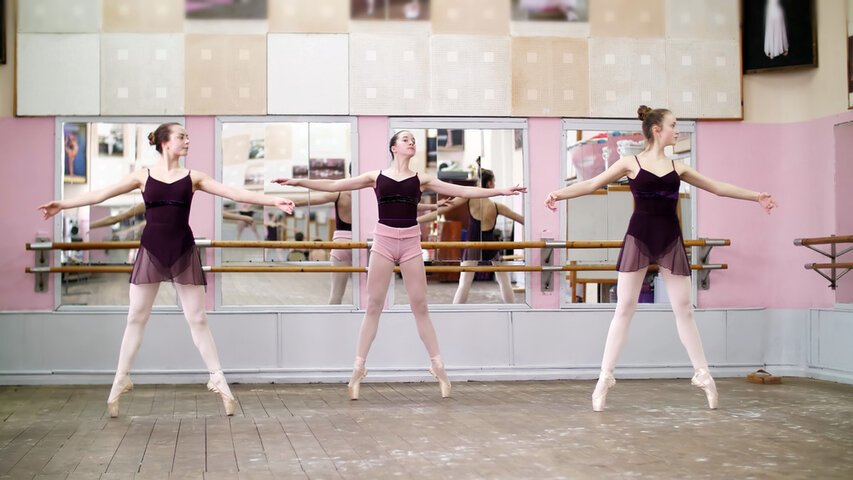
Table of Contents
Echappe Sauté
Echappé means to escape and sauté means to jump. So, we could name this step “Escaped Movement Jump.” It is a type of jump from two feet to two feet and is considered a basic step. In the echappé, both legs “escape” from the first or fifth position to the second or fourth. There are different types of echappé sauté:
1) Petit Echappé Sauté
2) Grand Echappé Sauté
3) Échappé sauté en tournant
1) Petit Echappé Sauté
This is the simplest version of the échappé sauté, appropriate for beginner dancers.
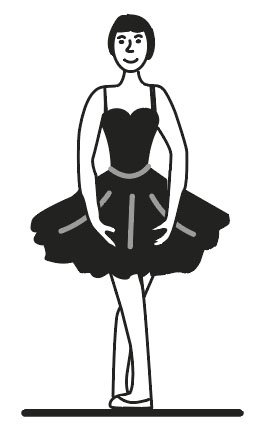
1) Fifth position, right foot forward. Arms in preparatory position.
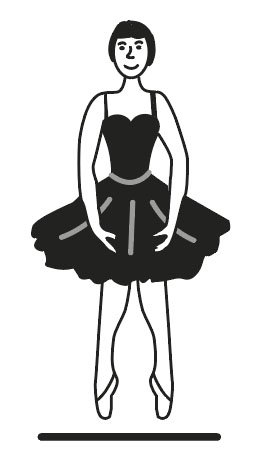
2) Perform a demi-plié and push off the floor with your toes extended and knees straight, immediately opening your legs to the second position in the air. Inhale as you perform this movement. At the same time, open your arms in the second or preparatory position. Remember that your arms follow the movement of your legs.
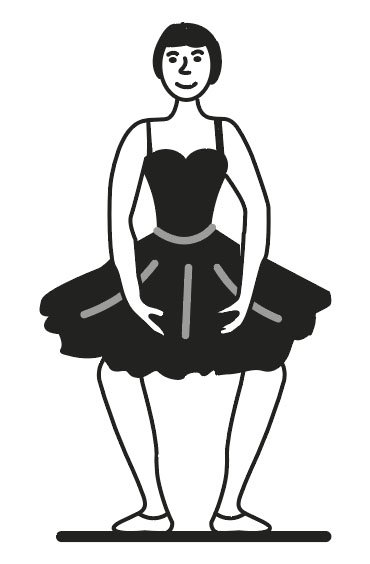
3) Land in demi-plié in second position, arms in second or preparatory position.
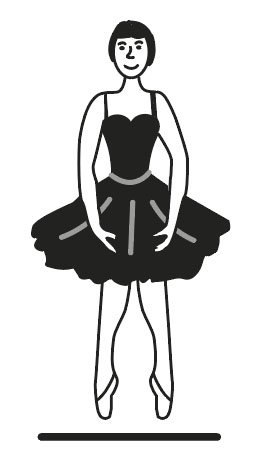
4) Jump again similarly
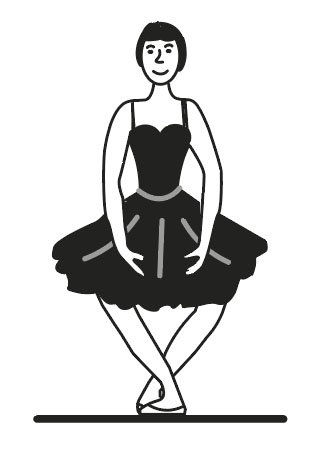
5) Return to the fifth position in demi-plié, exhaling. Usually, the foot that begins in front finishes in back. Your arms return to the preparatory position.
You can also perform the echappé from the fifth position to the fourth position croisé or efface, giving the arms a proper position.
On the other hand, you can execute this step with a one-foot finish. The complete movement is the same as the previous step, only the finish varies. The feet do not return to the fifth position, but rather one of them moves sur le cou-de-pied front or back.
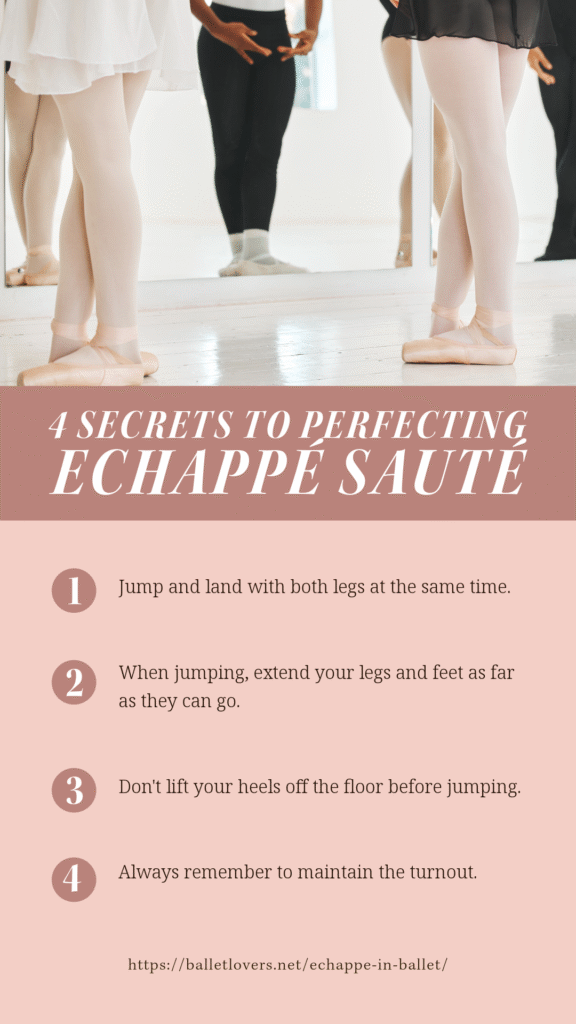
In the petit echappe saute, the jump is not high but simply consists of a small hop from a demi-plié in the fifth position to a demi-plié in the second position. In each jump, extend your legs, insteps, and toes. The body remains straight, and the head, when executing the épaulement, turns toward the lead shoulder. The line of gravity falls between the two feet, and the weight is equal for the push-off and the landing.
To learn the petit pas échappé, start facing the bar, performing the movement slowly, taking care to extend the knee, instep, and toes as you jump. Later, you can study the movement in the centre and at a faster speed.
KEY INFO
- Jump and land with both legs at the same time.
- When jumping, extend your legs and feet as far as they can go.
- Don’t lift your heels off the floor before jumping.
- Always remember to maintain the turnout.
2) Grand Echappé Sauté
The grand échappe saute is a larger jump that requires greater skill. So, it is performed by intermediate or advanced dancers.
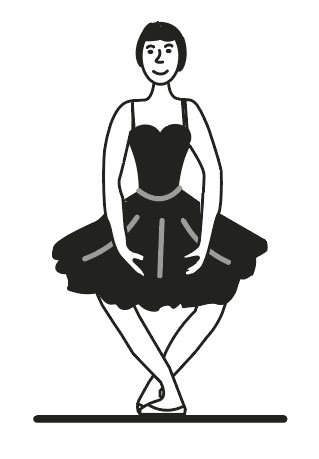
1) Feet in fifth position. Then, perform a deep demi-plié.
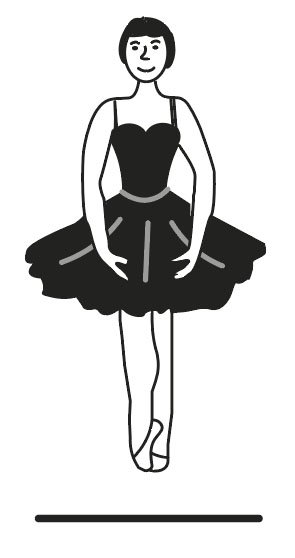
2) Keeping your feet in the fifth position, rise as high as you can.
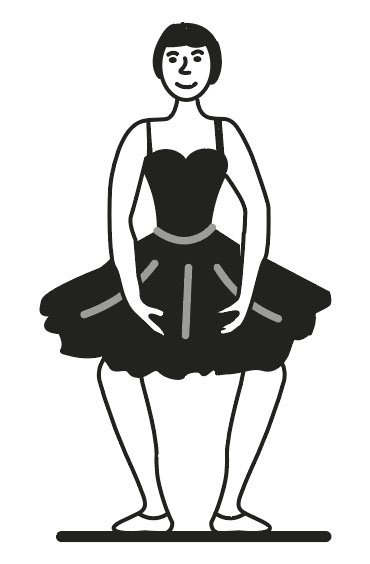
3) Once you reach maximum height, begin to separate your legs, landing in the second position in demi-plié.
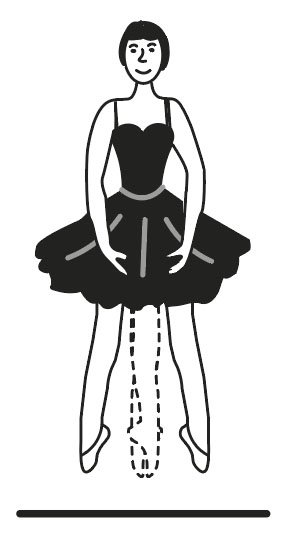
4) On the return jump to the fifth position, jump in the air with your legs extended in the second position until the end of the jump. Then, close your feet in the fifth position.
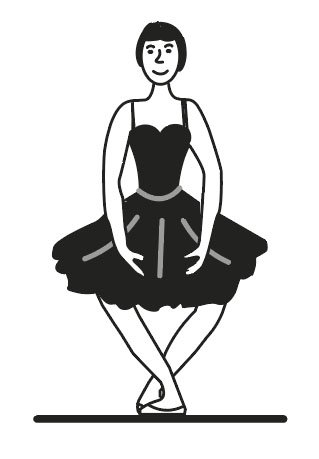
5) Finally, land in demi-plié in the fifth position.
The arms usually accompany the movement of the legs. Grand échappé sauté can end in a cou-de-pied or in a 90-degree pose (attitude or arabesque).
3) Échappé sauté en tournant
This variation consists of an Échappé, jumping and turning. That is, the jumps are performed with quarter or half turns. The jump from the fifth position to the second position is performed with a turn, and then the return jump to the fifth position is performed in the same place. This variation can be performed with either the Petit Echappé or the Grand Echappé.
Echappe sur les pointes (echappe on pointes)
This step is also known as “échappé relevé.” It is the typical exercise dancers perform in a pointe class.
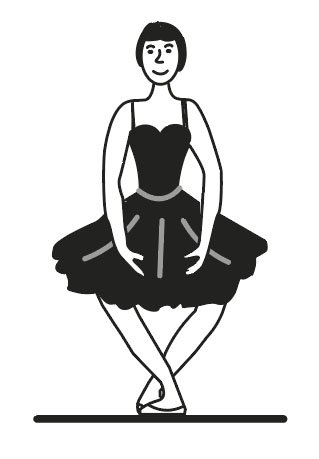
1) Feet in fifth position, right foot forward. Then, perform a demi plié,
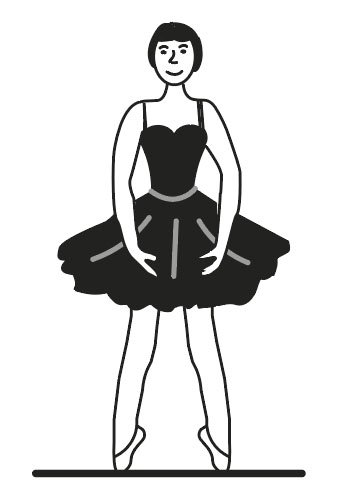
2) With a slight jump, slide both legs into the second position, quickly raising your feet to pointe and fully extending your legs.
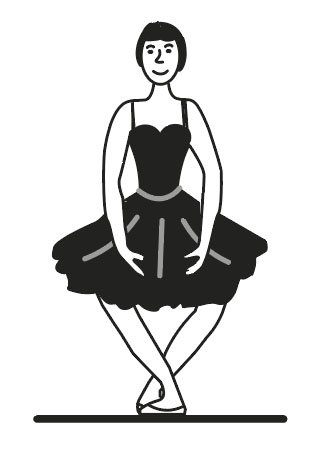
3) Finally, with a slight push, return to fifth position in demi plié, left foot front.
This movement can also be performed in the fourth position, croisé, or effacé. On the other hand, this step can also be practised on demi-pointe.
KEY INFO
- When sliding the feet into the second or fourth position, the feet move evenly from the centre of the body. In other words, both feet, when moving from the fifth position, should slide equally from the centre.
- It is essential that both pointes land at the same time with the knees fully extended.
- As you perform the echappé in the fourth position, you must position your pointes on the centre line.
- The faster the step is performed, the narrower the width of the second or fourth position will be, and the less deep the demi plié will be.
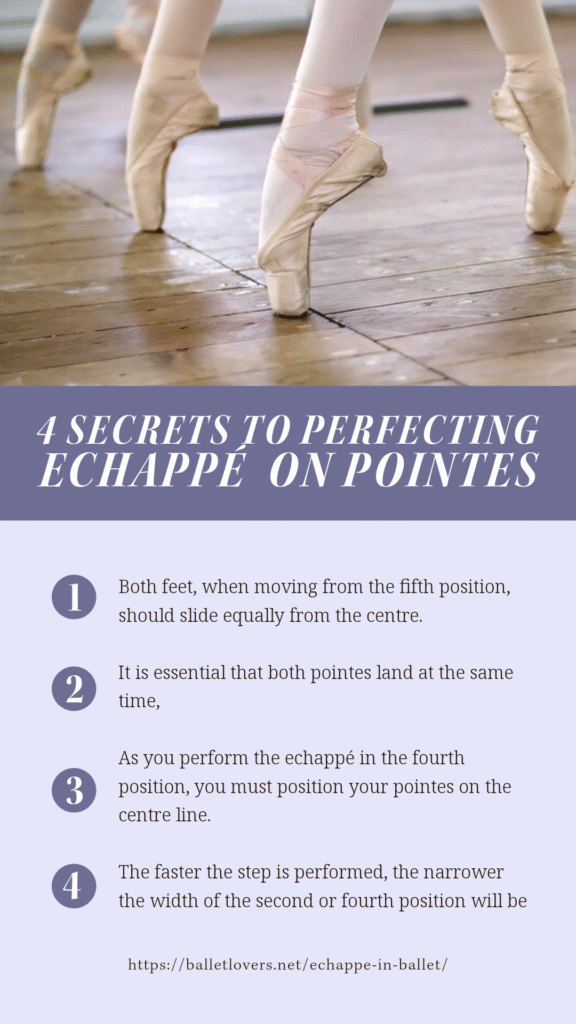




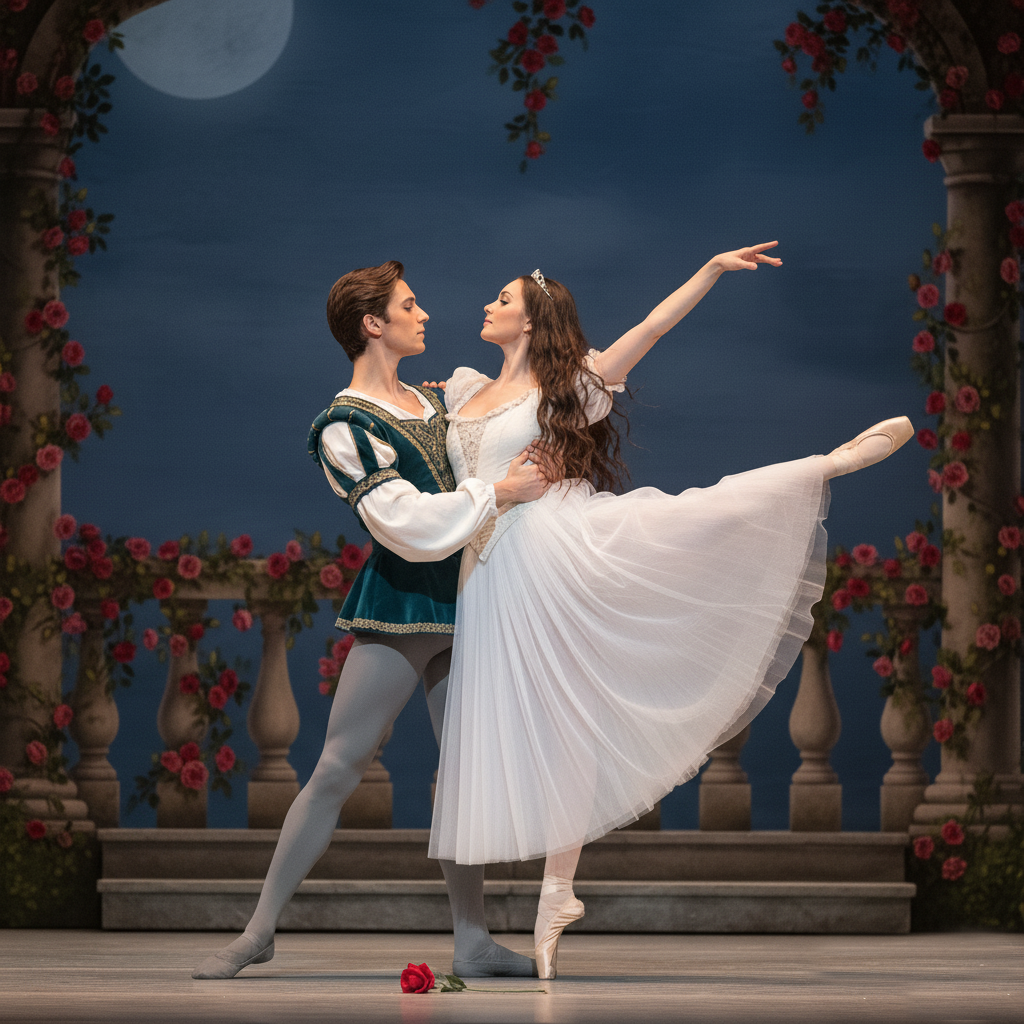
Leave a Reply